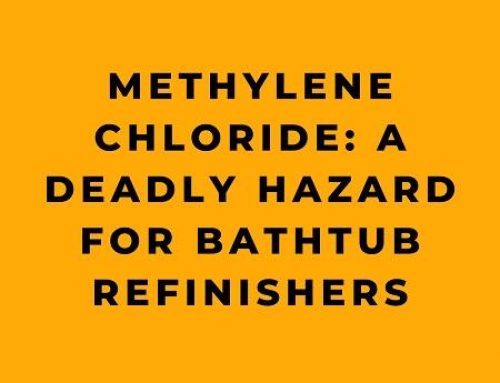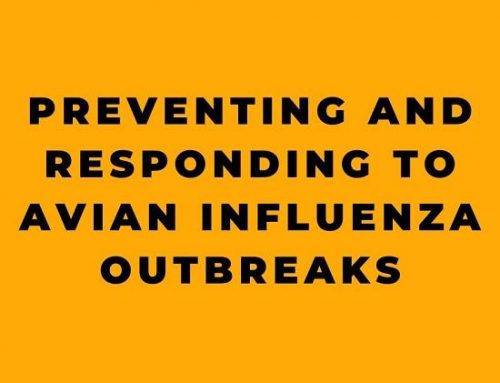Introduction
Handling human remains poses significant health hazards that employers and workers must be cognizant of to remain safe and healthy. Workers directly involved with human remains face dangers including:
- Exposure to bloodborne pathogens like hepatitis and HIV
- Bacteria that cause diarrhea
Employers have an obligation to inform and protect their workers engaging in this hazardous work through proper use of personal protective equipment, hygiene, and safety precautions.
Personal Protective Equipment (PPE)
Hand Protection
Workers handling potentially infectious materials while dealing with human remains must utilize appropriate barrier protection including:
- Latex and nitrile gloves
- Powder-free latex gloves with reduced latex protein content to prevent allergy reactions
- Heavy-duty outer gloves for protection against cuts, punctures, and skin-breaking injuries
- Cut-proof inner gloves covered by latex or similar outer gloves (best practice)
Foot Protection
Footwear must safeguard against injuries from sharp objects:
- Safety boots or close-toed shoes with durable soles should be required
Eye/Face Protection
To shield workers’ faces from splashes of fluids or fecal matter:
- Plastic face shields or goggles combined with surgical masks
- Indirectly vented safety goggles (offer better protection than basic safety glasses)
Hygiene
Proper hand hygiene prevents transmitting diseases from contact with human remains:
- Workers must wash hands thoroughly with soap and water or alcohol-based cleaners immediately after removing gloves
- Employers must provide adequate facilities and supplies for decontamination and sanitation
General Precautions
Care for Wounds
To prevent infections, workers should:
- Promptly cleanse any wounds with soap and clean water if injured when handling remains
- Get Hepatitis B vaccination and tetanus boosters as needed
- Promptly report injuries for early medical interventions
PPE Integrity
Maintain the integrity of personal protective equipment:
- Never continue wearing PPE that becomes damaged or penetrated by fluids
- Safely remove, contain, and replace compromised gear immediately upon noticing issues
- Assume anything permeated is now contaminated
Equipment Disinfection
Prevent cross-contamination risks:
- Thoroughly disinfect any vehicles, tools, or equipment contacting remains
- Establish routine disinfection protocols
Ergonomics
To prevent musculoskeletal injuries when lifting/moving human remains, employers must:
- Provide mechanical lifting/transporting equipment like gurneys
- Encourage team lifting/moving instead of solo efforts
- Enforce proper manual lifting techniques
- Allow adequate rest and recovery between efforts
Addressing Myths
Proximity Myths
Facts about proximity to human remains:
- Simply being near human remains presents no direct contagion or disease transmission risk for non-handling personnel
- Viruses harbored in the deceased like hepatitis, HIV, etc. pose no threat through casual proximity
- These viruses do not significantly environmentally contaminate areas
Odor Myths
Facts about decay odors:
- Unpleasant decay odors create no public health hazards
- Education can help reduce unnecessary alarm over smells
Summary
Handling human remains poses myriad biological, chemical, physical, and other occupational health and safety risks to workers. To ensure safety:
- Employers must provide every protective measure reasonably warranted
- Address common misconceptions over contagion or environmental contamination from the deceased
- Contact public health authorities for guidance tailoring protections to each unique situation when managing disaster responses involving significant numbers of deaths
- Prioritize worker health to allow safe conduct of body recovery and studies advancing public welfare without further loss of life through preventable exposures or accidents










